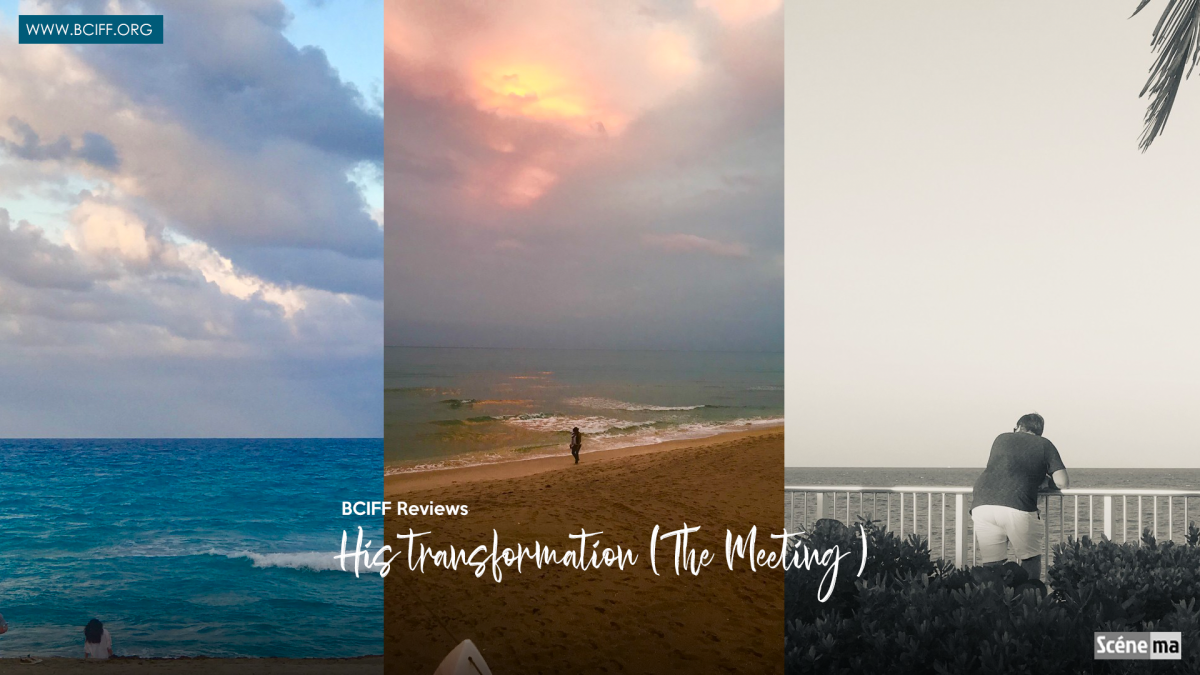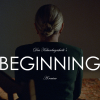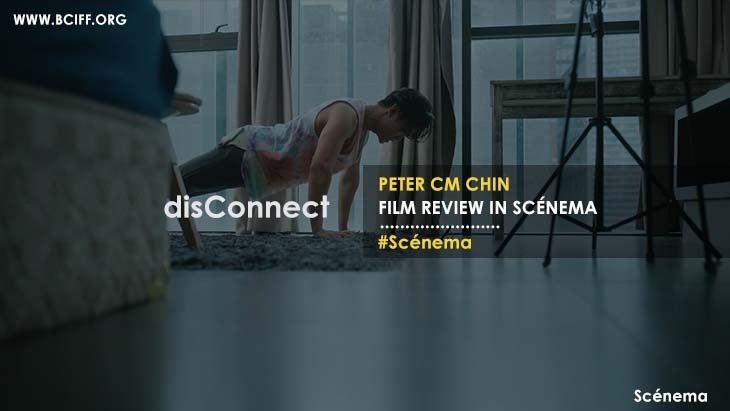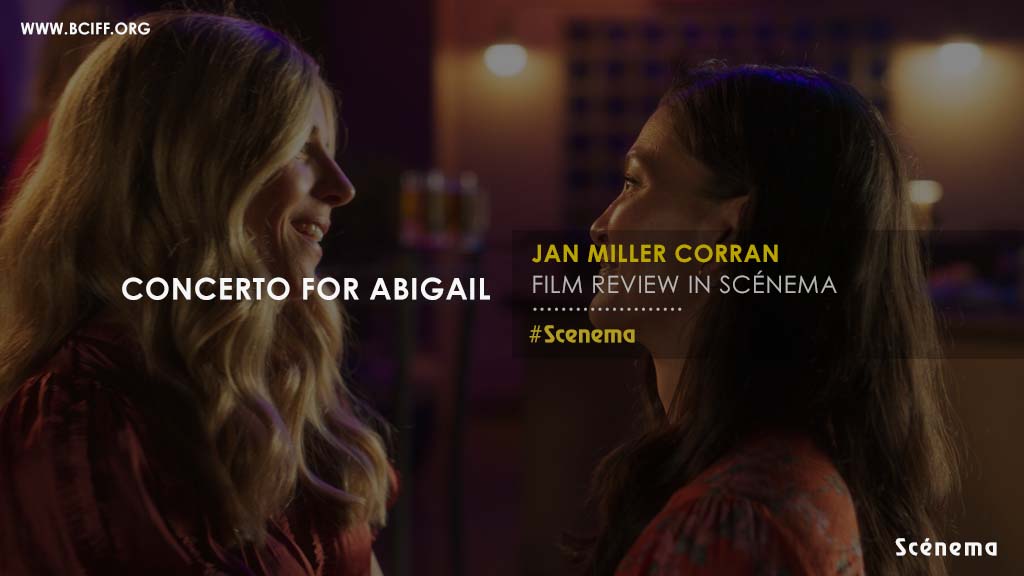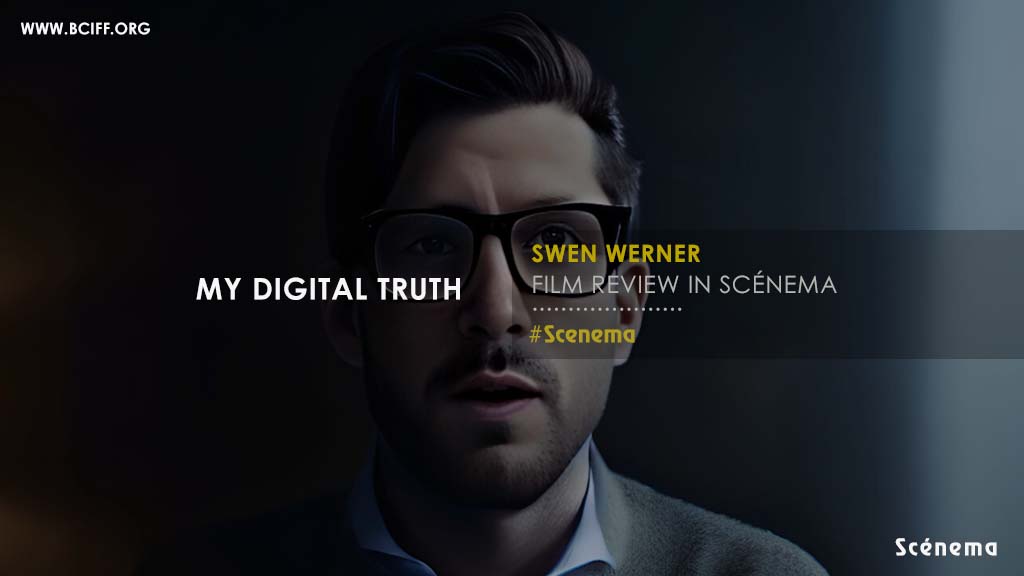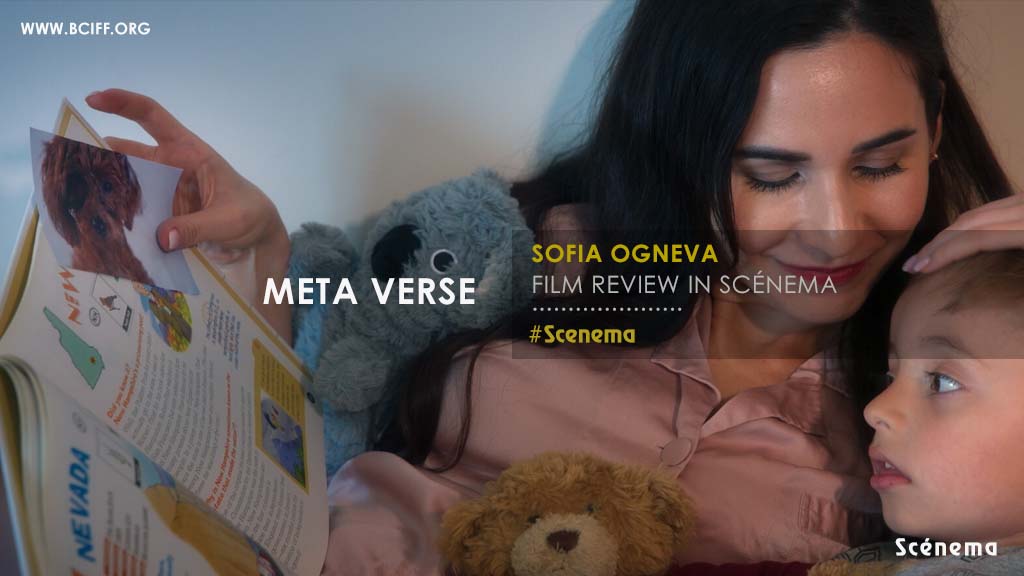His Transformation (The Meeting) is based on the events of the Trump Tower Meeting on June 9. The interpreter, Anatoli Samochornov, is the inspiration behind this movie. The filmmaker has captured the interior landscape of the interpreter’s mind, how he has gone through an endless suffering and finally survived through sudden enlightenment. She has noticed that the interpreter is saying things but somehow silencing his own voice. The real meaning of life has been expressed through Congress and FBI testimony. The director has focused on the Russian Attorney Natalia who plays a partial antagonistic role to the protagonist, and finally, how the protagonist sings the saga of his survival in the face of adversity.
His Transformation (The Meeting) by Catherine Gropper reminds us of the day when Jesus came to the earth. Everyone is merrymaking, and everything is joyous everywhere. A special focus on the children is a clear symbolism of Mother Mary’s joy of having Jesus in her womb. The filmmaker has tried to use the painter as a metaphor. He is as if that ancient father who shares a grave knowledge. The filmmaker has connected this man with the interpreter. Both of them are playing vital roles. Both of them are saying, but they’re not expressing themselves. His incoherent language and discontinuity in speech show that he has to say things but cannot express them as the things he knows are beyond explanation.
The filmmaker has retained the mood of festivity inside the church as well. She has focused on the priest deliberately to show how the rituals are being performed with utter sanity. This is a whole new part of Earth that has still not been touched by modernity. She has connected the voicelessness of the interpreter here. The filmmaker has captured how the interpreter mentions that Saint Jerome was the first translator of the Bible into Latin, which catches his senator off guard during a testimony. The connotation of the older man returns here again. He knows more than he’s been asked, but no one is ready to listen and comprehend.
The camera shifts to an ancient goddess statue. This is a Brahma-like deity that holds an immense depth to the scene. The meaning of Brahma is “the beginning.” Again it takes us back to the beginning of humanity and Jesus’s birth. On the other hand, the beginning is just on the opposite side of the ending. So, it reminds us of judgment day when Jesus will come to the earth again. This is the day when all the dead will be alive again. All those voices that have been unheard for years will make sonorous chaos.
“His Transformation (The Meeting)” is a pure blend of natural esthetics, ancient philosophy, and a story of the struggle for existence. The filmmaker has been successful in portraying a grave meaning with a light mood. She has been successful in making an unheard voice heard.
Catherine Gropper has made excellent use of jump cuts. Fragmented scenes have knitted a beautiful underlying meaning throughout the movie. Besides, the use of lights and music has successfully complemented the visuals. Human minds connect brightness with soft music. The filmmaker has focused on the point and made a beautiful amalgamation of pictorial views and melodic music. The music has a special appeal that holds the motion of the film throughout. It seems a continuous progression of events is taking us somewhere. Especially to a place where we will discover our true identity.

The use of devices is very interesting. Catherine Gropper has appeared as a successful auteur as she has continuously broken the harmony of visual patterns. Horizontal and vertical image patterns have broken the traditional film constitution. Like Jean-Luc-Godard, she has broken the third wall between the spectators and the screen. The audiences have become a part of the movie. It seems the filmmaker has represented the audience as an independent mechanism of the movie. She has skillfully included the importance of spectatorship in the church scene. Here, someone is witnessing the ritual. The director has conveyed the message beautifully that no ritual finds its importance until someone witnesses it and contemplates the relevance. So, every voice, every look has an individual meaning that we often miss out to give importance.

